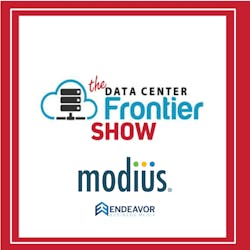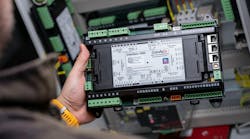Data centers are complex, high-stakes environments where downtime is not an option. The sheer volume of interconnected systems and components creates a daunting challenge for operators. This is where digital twins shine.
Because of this complexity, data centers require a new level of understanding. Digital twins—virtual models fed by real-time DCIM data—can offer a transformative solution. The key is that the Digital Twin is only as good as accurate real-time data.
This continuous flow of real-time information allows operators to see the bigger picture, from power usage to equipment health. Imagine a live, digital replica predicting bottlenecks, optimizing cooling, and enabling proactive maintenance.
A digital twin can allow your data center to analyze your infrastructure, highlight potential issues, and provide highly accurate details on the impact of proposed changes − viewable as your monitored values change. Watch an ATS or PDU view with the power load that reflects your changing values and plan. Watch a power load peak during a fail-over with your plan changes applied to the real-time data.
Power management with digital twin capabilities can simulate the failure of a device or load change and accurately model the effects of that failure, including triggering failure over to redundant partners and cascade failures.
With a DCIM solution with digital twin capabilities, you gain insightful reporting that identifies potential risk areas in your infrastructure. For instance, it can flag power distribution gear that represents a single point of failure, which could lead to equipment de-energization and impact customers and SLAs. This proactive approach to risk management is a vital advantage of a DCIM solution with digital twin capabilities.
Imagine a planning module based on a digital twin model and its capabilities. It doesn't just show simple details like additional loads but also simulates complex scenarios. For instance, it can predict when a device will fail, reroute load in the virtual model to redundant partners, and show the effect on those devices as well. This comprehensive approach to planning is where a true digital twin adds much more value than a simple load addition or removal.
By using real-time DCIM data, digital twins become intelligent partners, ensuring peak performance and a more resilient data center.
While the idea of a digital twin for your data center has existed for a long time, operators now can have that digital twin fed by millions of data points per minute inside a full-fledged powerful DCIM. The view of Modius is that anything less makes it just a "Digital Cousin."
The company believes its Modius ® OpenData® is the gateway to these next-gen capabilities and has recorded this podcast to kick off this effort.
Sponsored by:



